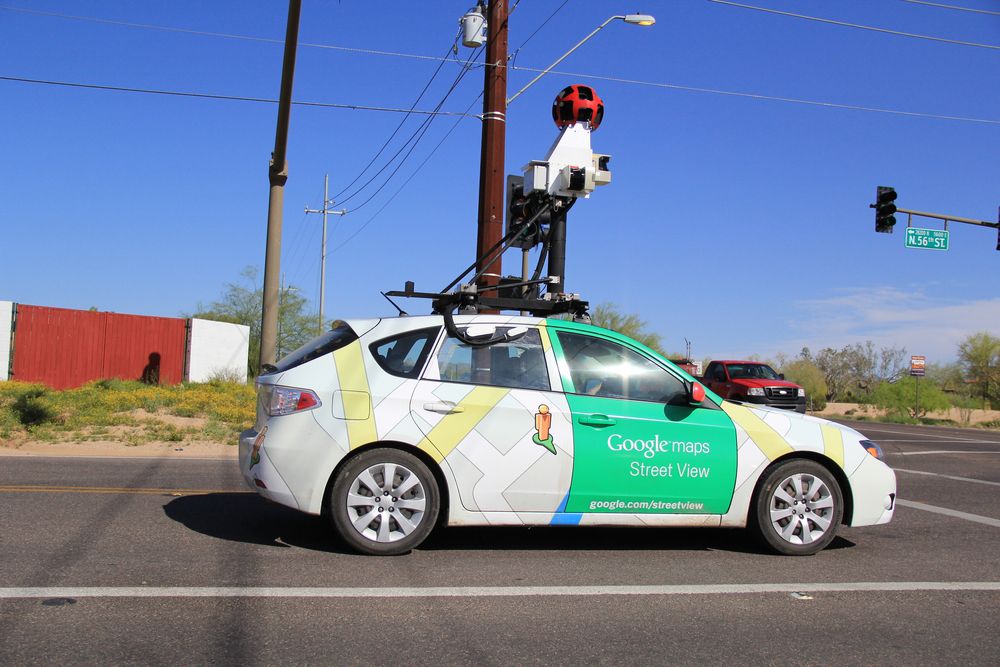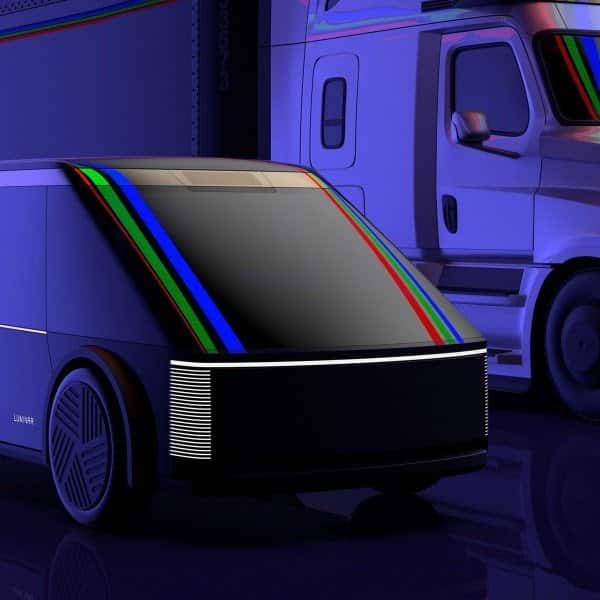Last week, Luminar showed its first live demo of Iris, the car lidar tool that aims to make the cars of the future collision-proof.
The system will begin rolling out to select vehicles, including a Volvo model, the
Eyes everywhere to be elusive
Luminar believes its latest technologies herald a future where cars can anticipate and avoid virtually any collision.
Thanks to Lidar: almost everyone knows what it is. For those who want a small note, it is a sensor that uses lasers to identify objects and measure the surrounding environment in 3D.
First developed in the 60s, this technology has recently emerged as a possible key to ensuring the effectiveness of autonomous vehicles. With the help of LIDAR, the new vehicles create 3D views of the road in real time and quickly identify other cars: pedestrians, cyclists and any possible collisions.
The Luminar demonstration
In the Luminar demo, Iris was installed on the roof of a Toyota RAV4. The test vehicle was then driven around Manhattan (by a human) while the technologist's capabilities were demonstrated to passengers on flat-screen monitors in the car.
Luminar, founded in 2012, went public last year in a $3,4 billion deal. One of the company's findings, which justifies its high rating, is that its sensors have a range of 250 m (about 820 feet). It relies on longer light waves than other lidar systems, allowing it to recognize difficult objects, such as dark-colored cars or fast-moving animals, within a larger space.
Austin Russell, the Luminar CEO, says the system can achieve a range of 500 meters, or nearly a third of a mile.
An anti-collision system (and not only) gradually more and more integrated into cars


Unlike previous LIDAR setups that were really bulky on cars (you know the Google Street View cars with those big antennas on the roof), the Iris is described as “almost flush with the roof, with a streak of glittering gold peeking out” .
Russell hopes to one day sell Iris for around $ 500 - a drastic reduction from the five-figure price tags of older lidar devices.
The safe cars of the future
In addition to demonstrating Iris, luminar also shared “Blade,” which offers his vision of how Luminar technology will be seamlessly integrated into autonomous vehicles in the future. In the company's forecasts, the next vehicles will integrate up to four Iris sensors, and other sensors such as cameras and radar.
Don't expect to be able to take a nap while the car drives itself anytime soon, though: Russell says the road to fully autonomous vehicles is long (and winding), with many challenges to overcome before we get to robotaxis like the ones companies like Waymo and Aurora are trying to build.
Slowly we will get there
The CEO explained that perhaps we had gone too far, and speculation about Level 5 self-driving cars (vehicles that do not require human attention under any circumstances) was premature.
Luminar is looking to integrate systems into passenger vehicles that gradually increase a car's autonomous capabilities. Russell shares the vision of an on-road future with robotaxis, but believes the introduction will be gradual.
“I think there will be an evolution, not a revolution, for robotaxis,” Russell says.


